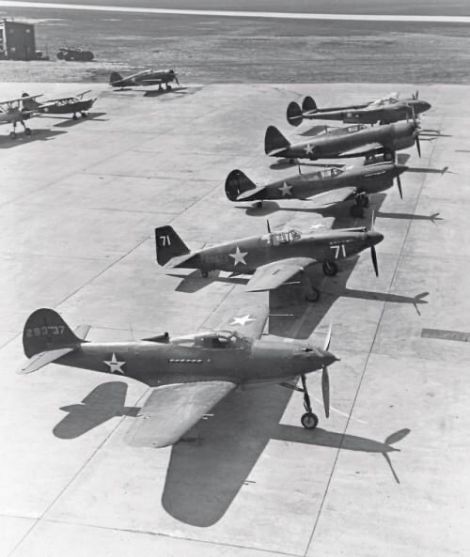
When is a Mustang not a Mustang? When it’s an A-36 Apache.
Developed from the Mustang Mk.I built for the RAF, the Apache was intended to be a stop-gap measure to keep North American’s Mustang production line open through 1942 (the USAAF had no more funds for new Pursuit aircraft that year, but wanted Mustangs of their own). Retaining the Mk.I’s Allison V-1710 and fitted with new, more durable wings featuring dive-brakes, the Apache (also called Invader or Mustang) was also modified to carry up to 1,000 pounds of bombs and was equipped with the same six .50 Browning machine guns as the P-51. A-36s served in the Mediterranean and CBI (China/Burma/India) theaters of the war, though they were withdrawn from service by 1944. The plane shared the P-51s ruggedness, but flying low-level missions placed the Apache in the thick of withering German fire, and the planes suffered greatly. There were also issues with the dive brakes, which had a tendency to open unevenly under certain conditions. In one incident, an Invader attempting to pull out of a 450 mph dive lost both wings. The A-36 was retained as a training aircraft after being withdrawn from front-line services, though the type was fully retired from USAAF service by 1945. Out of five hundred A-36s produced, only three are known to survive: one on display at the USAF Museum at Wright-Patterson, and two flyable examples, one in private hands and the other owned by the Collings Foundation.
Post your identification of the other planes in the comments!